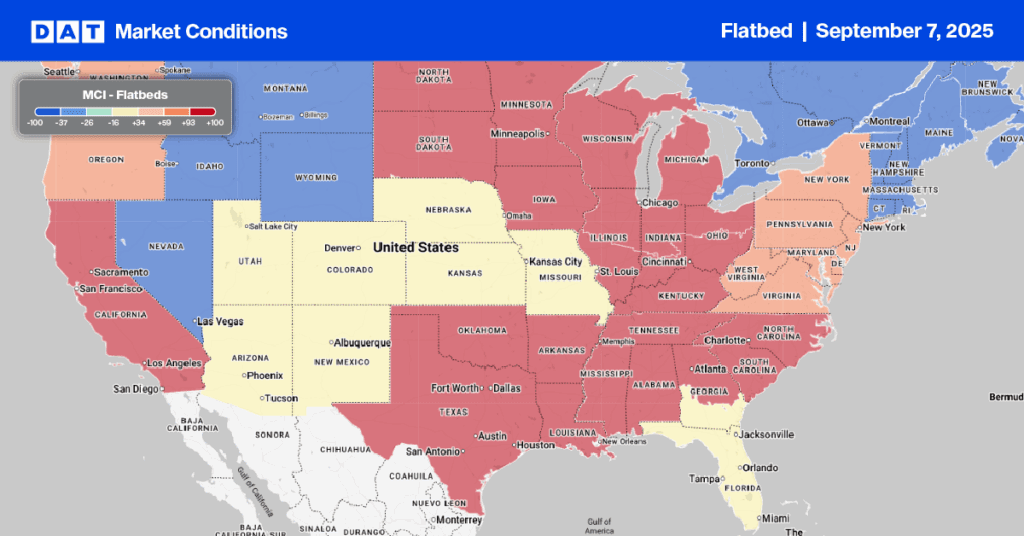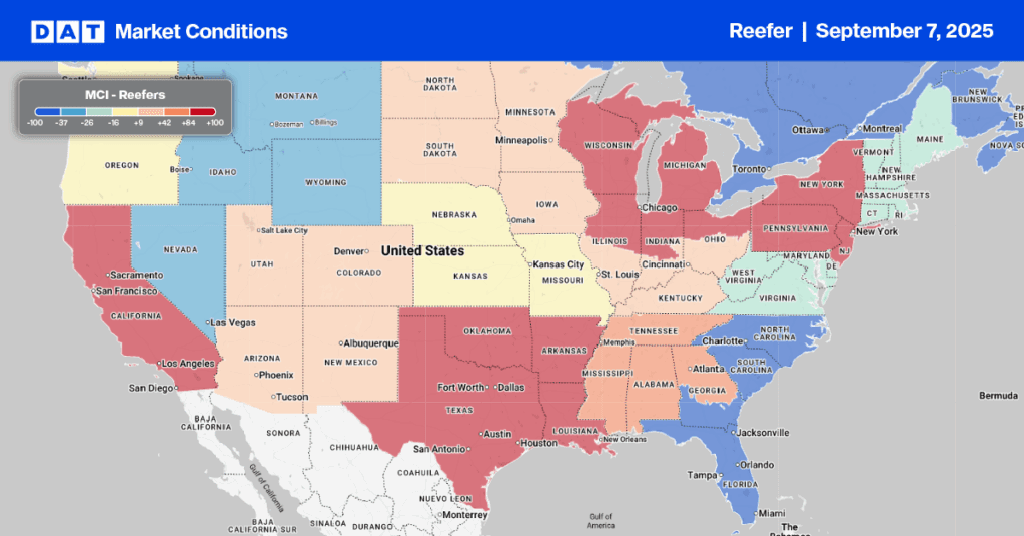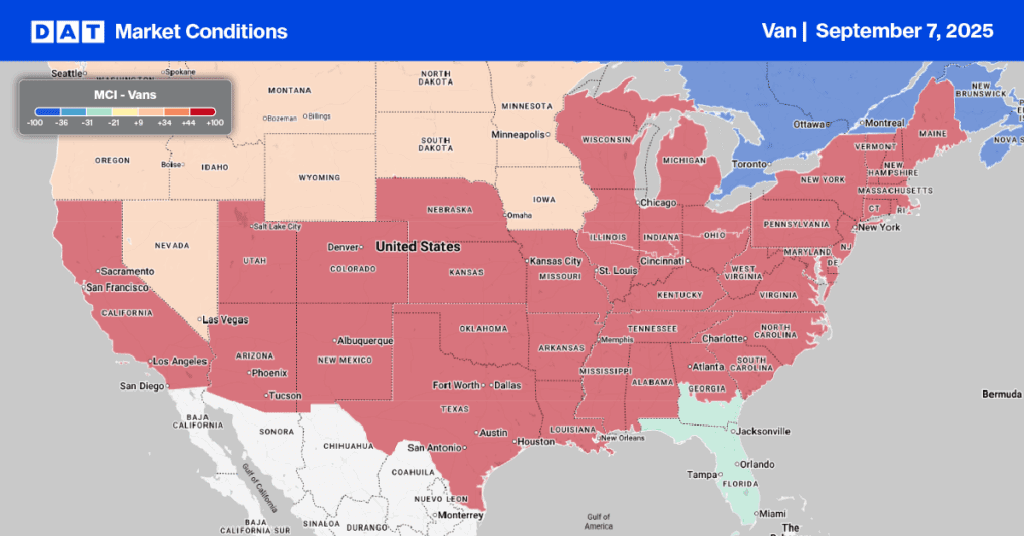On a recent DAT iQ show, we spoke to commercial warehouse and economics expert Ibrahiim Bayaan from Nuveen about the 2024 outlook for trucking. The complete version of the show can be found here.
Get the clearest, most accurate view of the truckload marketplace with data from DAT iQ.
Tune into DAT iQ Live, live on YouTube or LinkedIn, 10am ET every Tuesday.
DAT question of the week: With the growth in commercial warehouse capacity during 2023, will this trend continue in 2024 or result in higher vacancy rates?
Ibrahiim Bayann
The short answer is yes, vacancy rates will rise next year. The reason is that when you look at the construction pipeline for warehousing, you can see how much is on the horizon. It usually takes about four or five quarters to deliver a warehouse once you break ground. When we look at the number of projects underway, about five million square feet of warehouse capacity are being built.
Over the next four or five quarters, you can expect to see about 100 to 125 million square feet hit the market. So, while the supply side is strong, the demand for warehousing is not as strong. The new space cannot be absorbed based on the economy’s strength.
Dean Croke
Back to vacancy rates, where are they relative to long-term rates?
Ibrahiim Bayann
Currently, the commercial warehouse sector vacancy rates are around 5%, compared to the average rate over the last 30 years of 6.9%. So we’re still in a very tight environment, but it’s loosening quickly. As we move through 2024, vacancy rates creep up closer to 6%.
Dean Croke
Is there a way to contextualize what 500 million square feet look like?
Ibrahiim Bayann
The easiest way is to see it as a percentage of the existing inventory. So, 500 million square feet is 3.5% of all the existing warehousing space. Historically, on average, the amount that gets delivered in any given year is close to 2%. In addition, of the new warehouse space being delivered, the vast majority are warehouses over 250,000 square feet. Specifically, a lot of spaces are already being built that are 250,000 to 500,000 square feet, including extensive distribution centers being built on the outskirts of cities in the South and West.
Ken Adamo
Are you seeing different trends in refrigerated warehousing and cross-docking?
Ibrahiim Bayann
Refrigerated warehousing is part of a broader category of specialized warehousing space. They typically require greater capital expenditures, but their vacancies are typically lower – most tenants are much stickier overall. Once they’re in, they tend to stay, so it’s not uncommon to find the vacancy trending a couple of percentage points below sector averages. Additionally, the rent growth is more robust in these cold storage facilities. However, a lot of the cold storage space is pretty old; many were built in the 1940s, 1950s, and 1960s.
Dean Croke
During the pandemic, we saw a significant shift toward physical goods and away from services. Are we heading back in the other direction in an overcorrection to spending more on services than physical goods?
Ibrahiim Bayann
In 2021, consumer spending was predominantly on the goods side of the economy. You saw the pendulum swinging in the opposite direction this year, when there was much more spending on the service side of the economy.
Typically, activities that drive freight and warehousing demand are tied to everything that involves the movement of goods. So, most are down year-over-year if we look at consumer spending on goods – mainly e-commerce, manufacturing activity, international trade, or good housing activity.
The complete interview can be found here.


